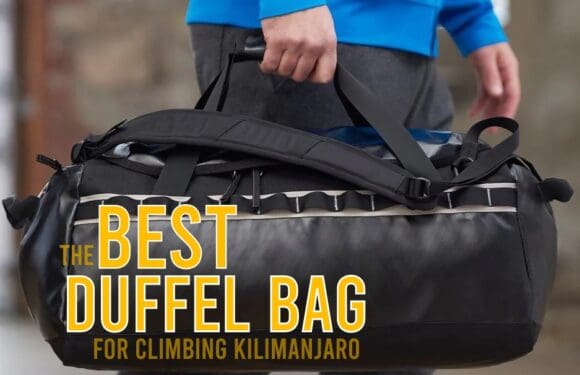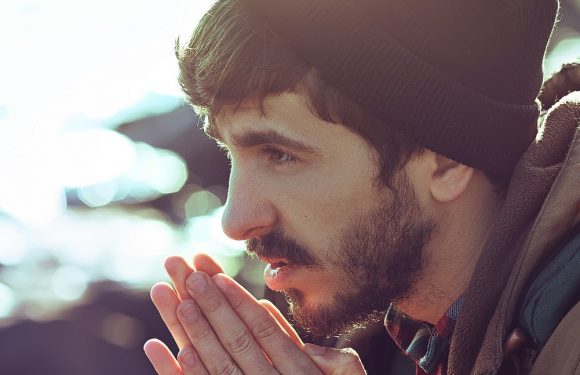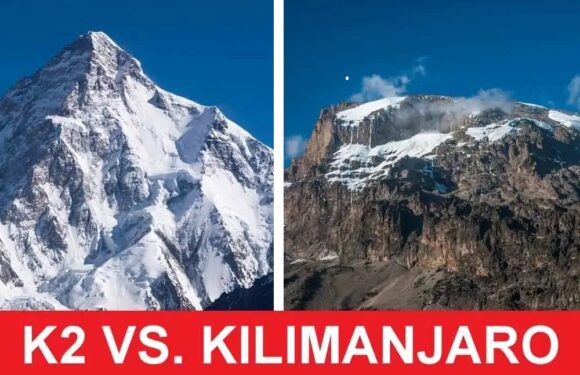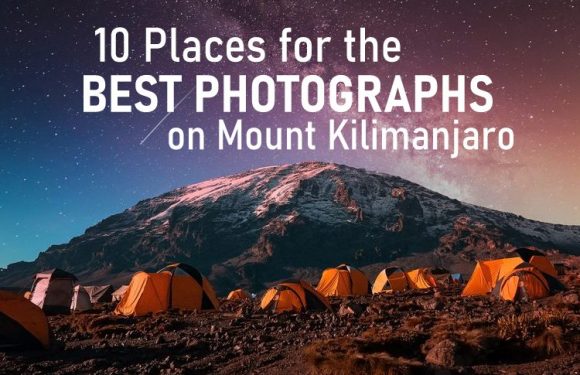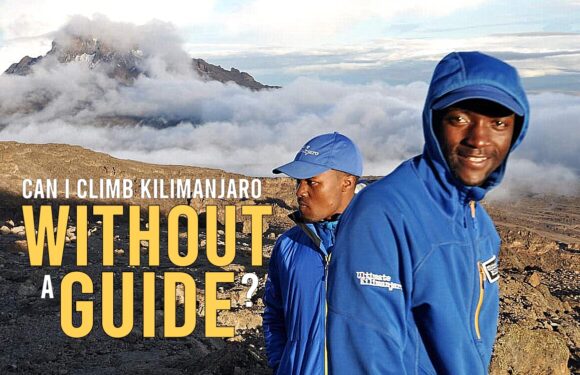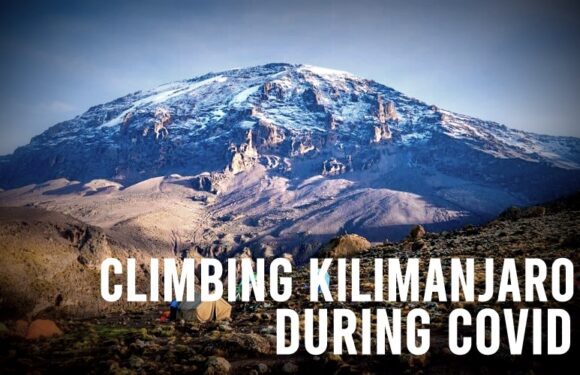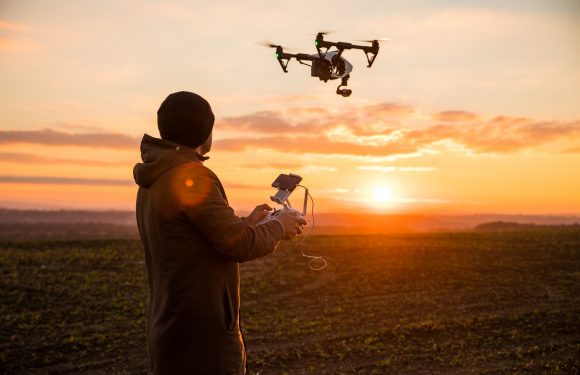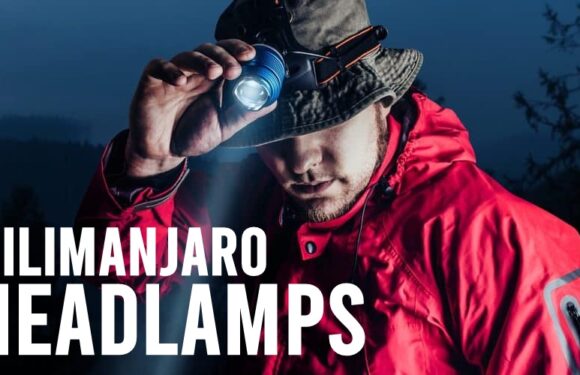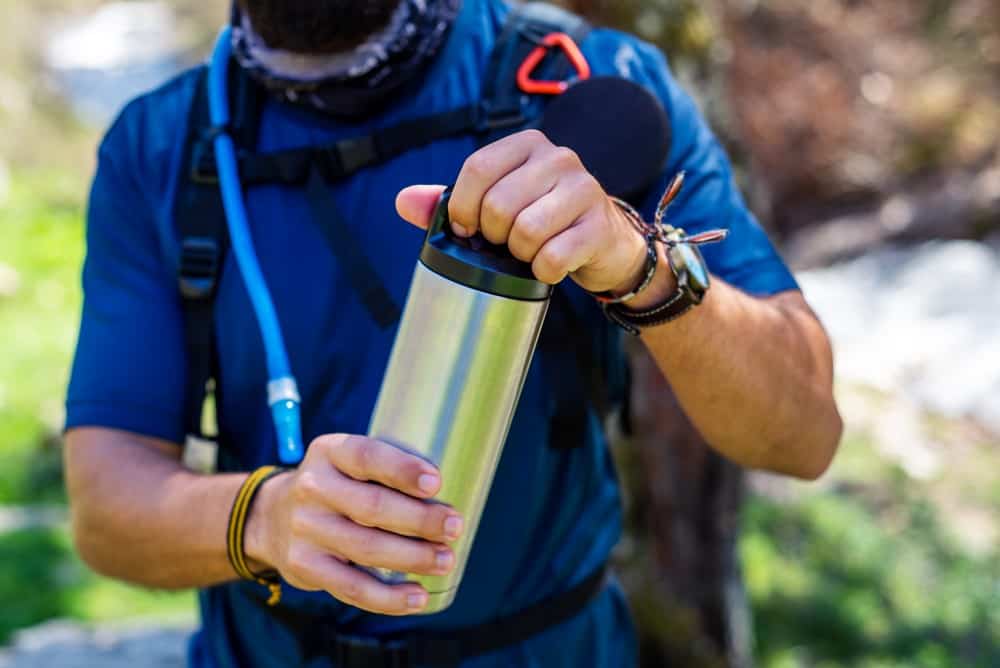
The acclimatization process requires copious amounts of water consumption. Therefore, while climbing Kilimanjaro, it is necessary for participants to have the ability to carry lots of water. Drinking plenty of water is one of the main ways to combat altitude sickness symptoms so you definitely want to stay well hydrated throughout the climb.
Four to five liters is the daily recommended water consumption.
Our gear list includes BOTH a water bladder, such as a 3 liter CamelBak or Platypus, and a water bottle, such as a 32 oz. Nalgene. Water bladders are also known as hydration bladders or reservoirs.
Water Bladders
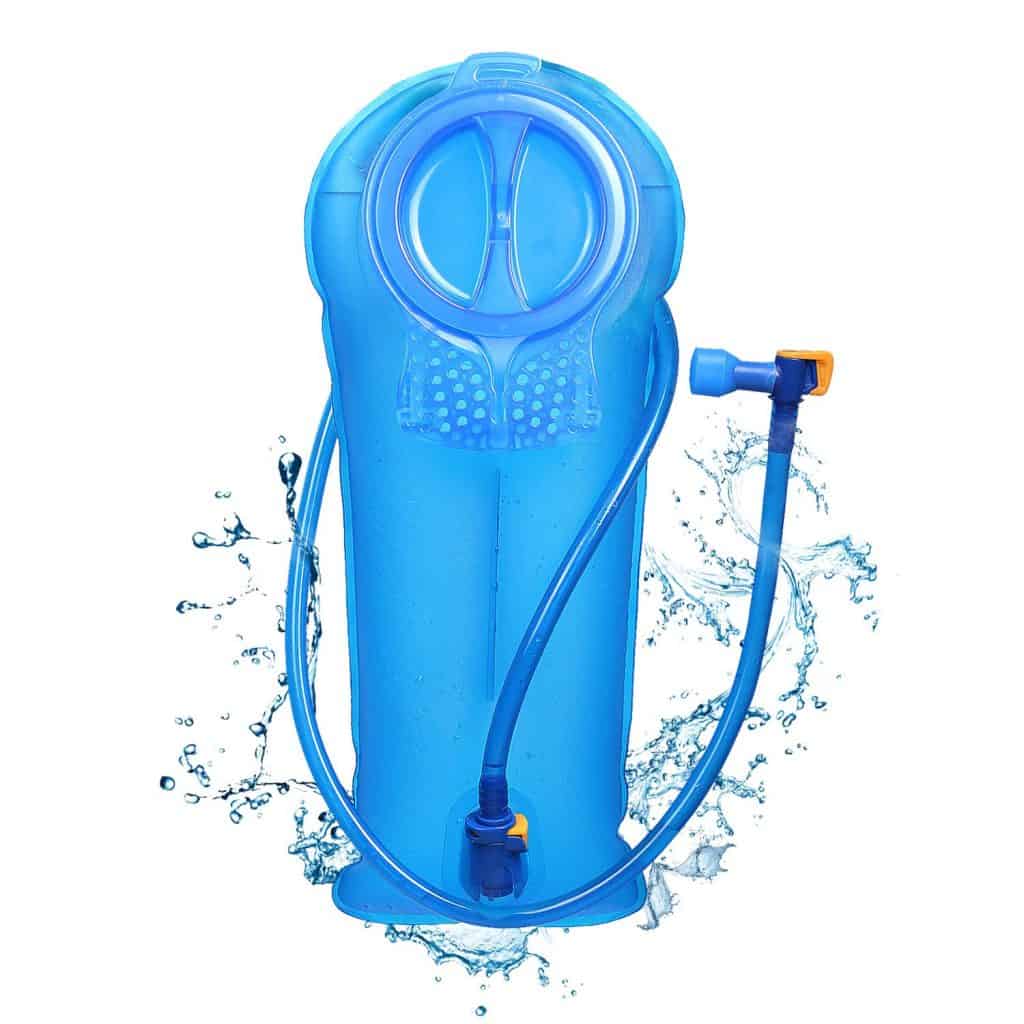
Here are the pros of using a water bladder:
- High capacity: the bladders come in various sizes which allow you to carry a large supply of water.
- Hands-free operation: all you need to do is bite down on the valve to drink. No need to open and close anything.
- Encourages consistent hydration: because there is no need to stop to drink, climbers can consume water by consistent sipping rather than gulping periodically.
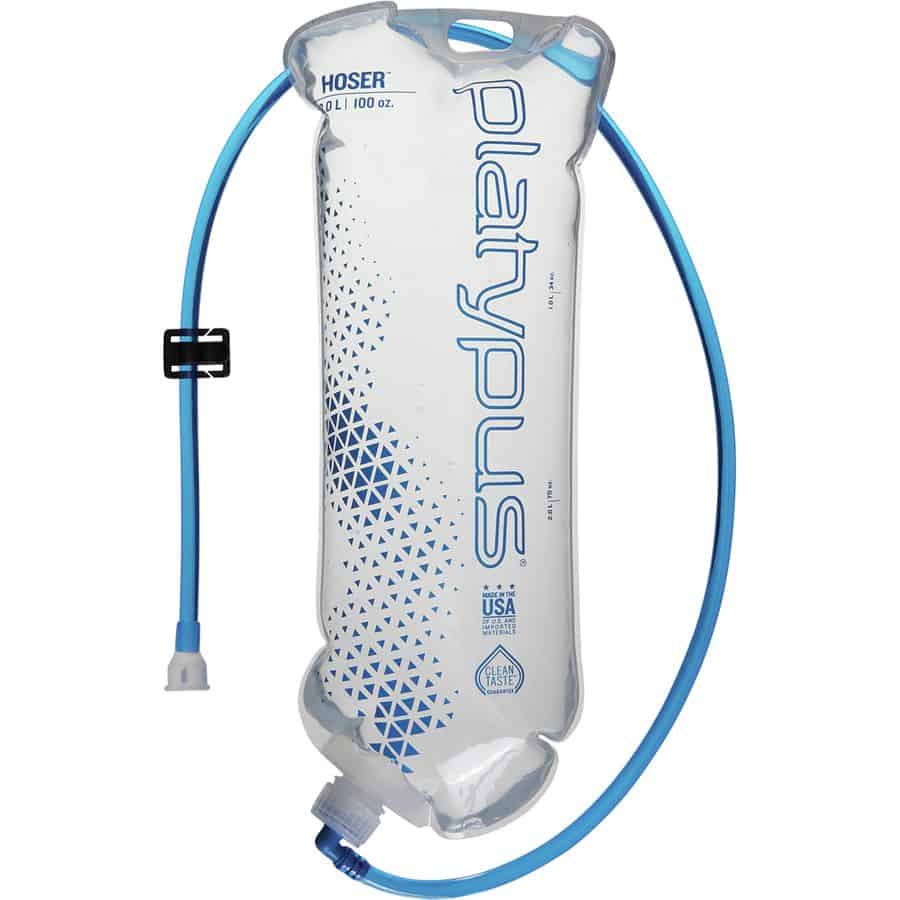
Here are the cons of using a water bladder:
- Inconvenient to refill: refilling the bladder requires removal of your backpack and at least partially taking out the bladder. This can be a chore to do on a daily basis.
- Less durability: bladders are made of flexible material that can be punctures and leak.
- Difficulty to monitor intake/supply: because the water is out of sight, it is hard to know how much water you have consumed and how much is left.
- Hard to clean: cleaning the bladder is cumbersome. If water is left inside, mold can develop.
- Plastic taste: the bladder material can get into the water, making it taste like plastic.
- Fails in freezing temperatures: the valve can freeze, making the water inaccessible.
Water Bottles
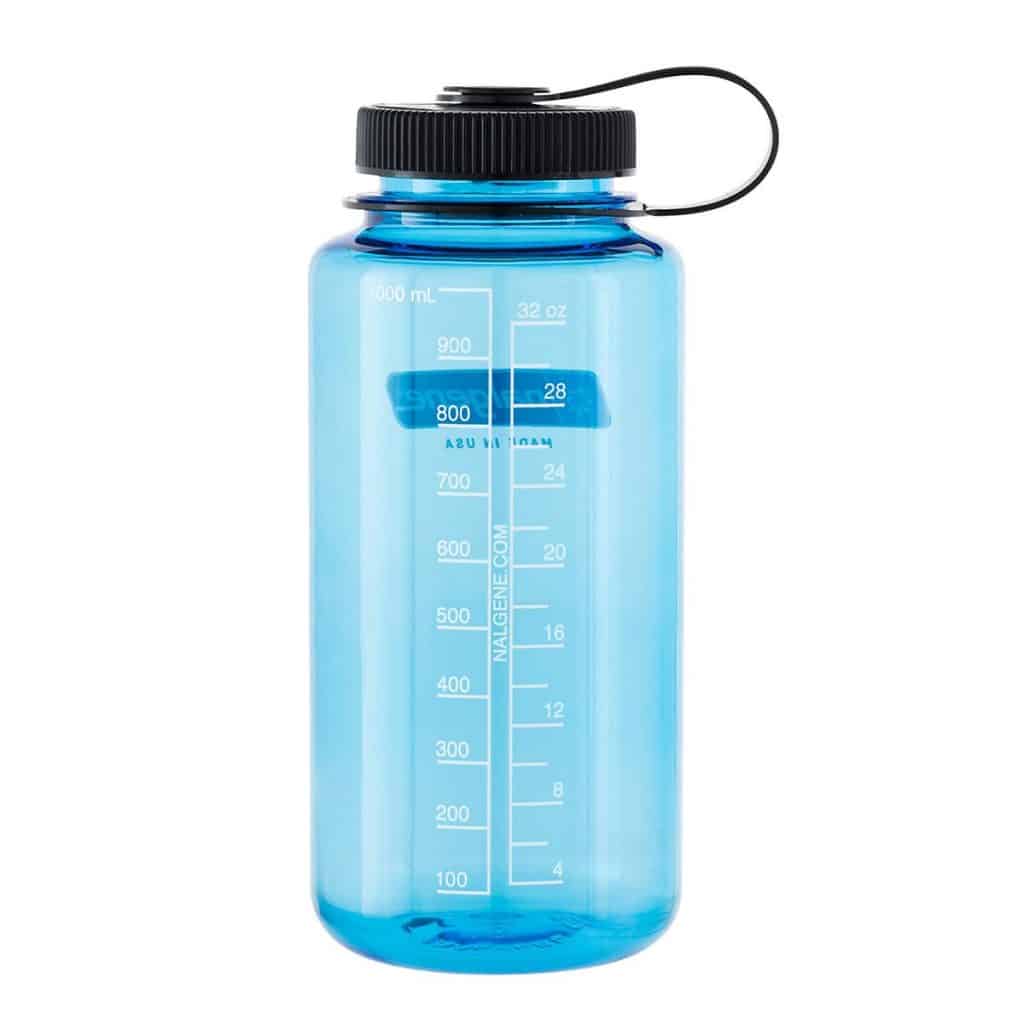
Here are the pros of using a water bottle:
- Painless to refill: refilling a bottle is quick and easy. Just unscrew the top.
- Very durable: bottles are made from hard plastic that is nearly indestructable.
- Ability to monitor intake/supply: with a clear and marked bottle, you can see exactly how much water is left and how much you have consumed.
- Functions at freezing temperatures: you can still open and close the water bottle in freezing conditions, so the water is still accessible.
- Great for powdered mixes: water bottles are very practical for mixing powders such as electrolytes.
- Capable of use with hot liquids: you can use your bottle for hot chocolate, tea, or plain hot water.
- Easy to clean: with wide mouth bottles, it is simple to clean out, rinse and dry a water bottle.
Here are the cons of using a water bottle:
- Low capacity: compared to bladders, a standard sized water bottle often holds just 1 liter compared to a water bladder that normally holds 3 liters. To hold the same amount of water as the bladder, you’d need multiple water bottles.
- Less convenient: to drink from a water bottle, you most likely will stop hiking to remove it from your pack and put it back before you start moving again.
- Discourages consistent hydration: the inefficiency of drinking from water bottles discourages hydration, making dehydration more likely.
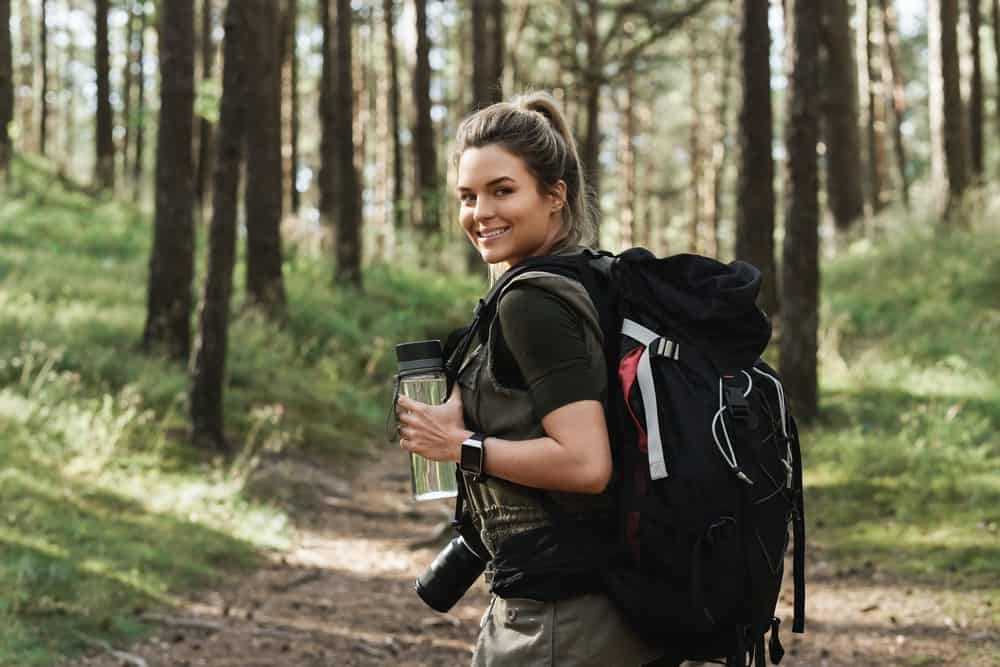
Why Do We Need a Water Bladder and Water Bottle?
It is standard to use water bladders on multiday hiking trips. The reasons we also require a water bottle are listed below:
- Extra capacity: our recommended water intake is 4-5 liters. So the addition of a water bottle will add to the capacity of the water bladder for a total of four liters of water.
- Used on summit night: due to cold temperatures, a water bladder often fails due to the hose or valve freezing over. A water bottle, carried upside down in your pack, will allow for you to continue drinking (the bottom of the bottle may form ice).
- Electrolytes: we encourage the use of electrolytes during your climb. The water bottle can serve as the designated place to mix in electrolyte powder while keeping the water bladder filled with water only. This will stop the electrolyte taste from seeping into the bladder. Also, so you can prepare small amounts of electrolyte drink at a time.
NOTE: Disposable, single use plastic water bottles are not allowed on Kilimanjaro. Water needs to be carried in a reusable containers such as a Nalgene bottles or water bladder.
Nalgene water bottles can be found here.
CamelBak hydration bladders can be found here.
Platypus hydration bladders can be found here.

__________



















































